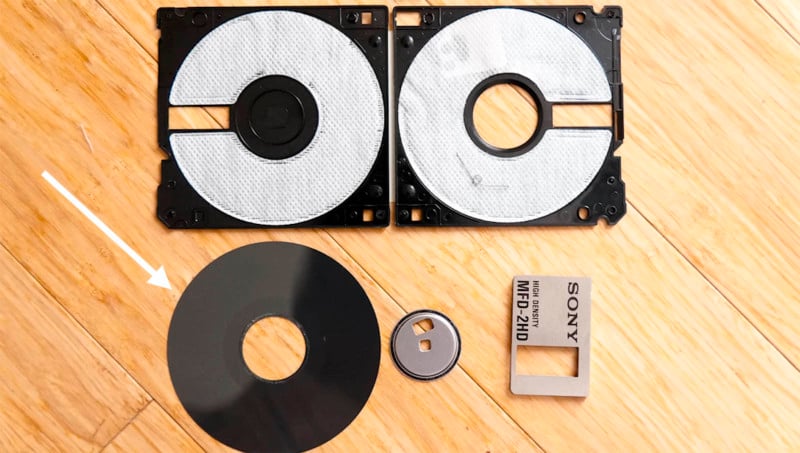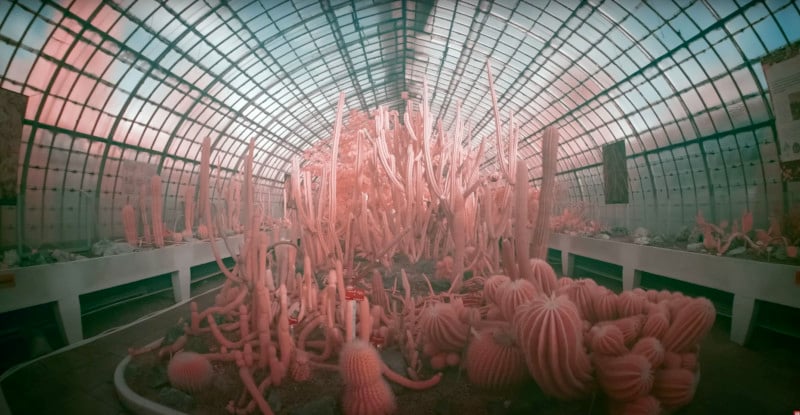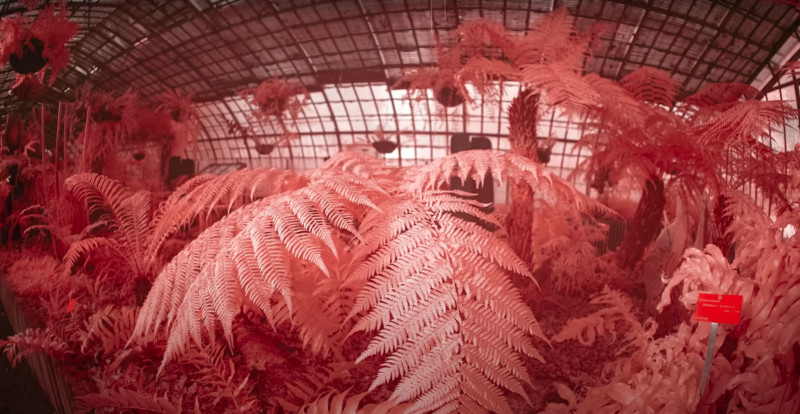Photographer Makes Infrared Filter from a Floppy Disk
A photographer cut open a floppy disk to use the plastic inside as an infrared filter on his Sony a7 II mirrorless camera.
Mathieu Stern had trouble actually finding a floppy disk, an obsolete data storage technology that has been replaced by USB sticks. Luckily, Stern’s 94-year-old grandmother-in-law still had a stash of the disks that she had kept for “sentimental value.”
He says: “I’ve seen some hacking projects use sections of floppy disk material as a cheap infrared filter. The floppy disks block visible light but transmit infrared light. So I thought I could create an infrared filter for my modified camera and I’ll compare it to an expensive infrared filter used for photography.”
First Stern had to rip apart the archaic floppy disk, being careful not to get his fingerprints on the plastic disk inside.

The French shooter set about placing the infrared filter as close to his sensor as possible which meant placing it on the back of his lens.

Once the filter was installed, Stern went to a Parisian tropical greenhouse to shoot infrared photos.
“To be honest, I was not sure this hack will work,” Stern says on his YouTube channel. “So when I saw the first image on my camera screen I was very impressed.
“Out of the camera, the image looked like an infrared image I will get with a professional filter.”


Stern swapped the color channels around in Photoshop to get gorgeous red images of the plants.
Versus a Pro Filter
Stern also clipped a $170 professional infrared filter directly over the camera sensor to compare the results. Stern says that with the pro filter, he immediately noticed more vibrant colors.
“The floppy filter adds eight stops to the image, but the pro filter needs less light to make a brighter photo. And your results will be less grainy,” adds Stern.


When compared side-by-side there is little doubt that the professional infrared filter pops far more than the floppy disk. But Stern doesn’t think the floppy filter should be dismissed.
“I can’t say I don’t like the floppy results. They are less saturated, of course, but they have a different look,” he says.
“If I want a clean, professional look I will go with the pro filter but the floppy filter is very cheap if you can find a floppy disk. And it has a different look that could be really interesting for a specific artistic project.”
More of Stern’s work can be found on his Instagram, Twitter, and YouTube.
Image credits: All images by Mathieu Stern.